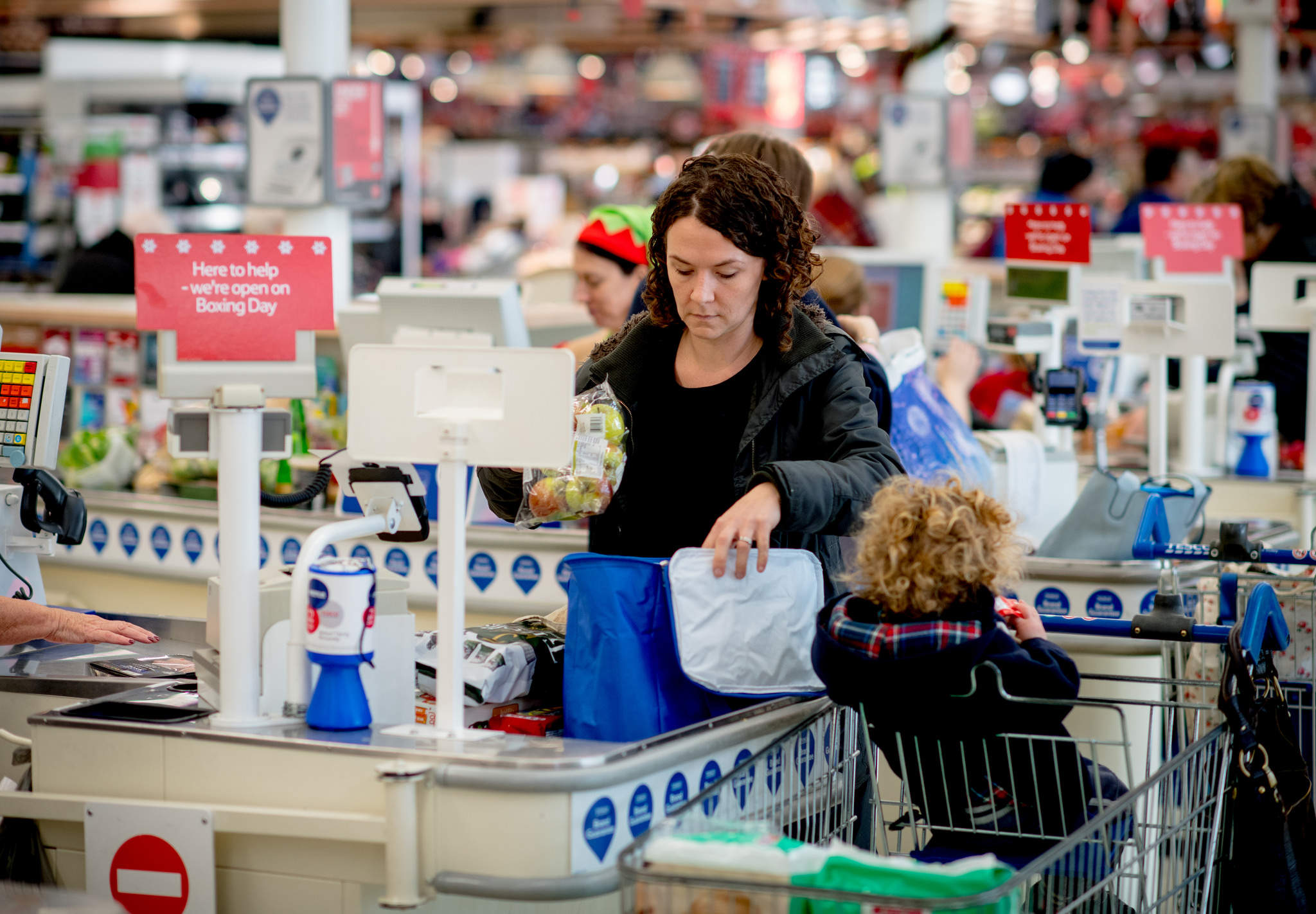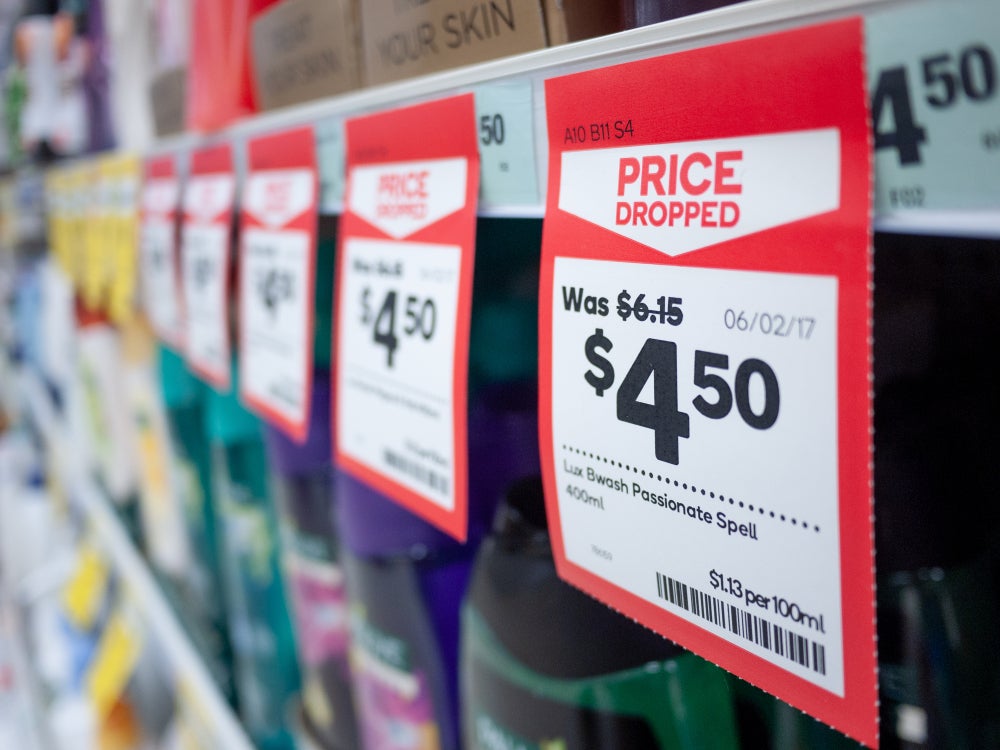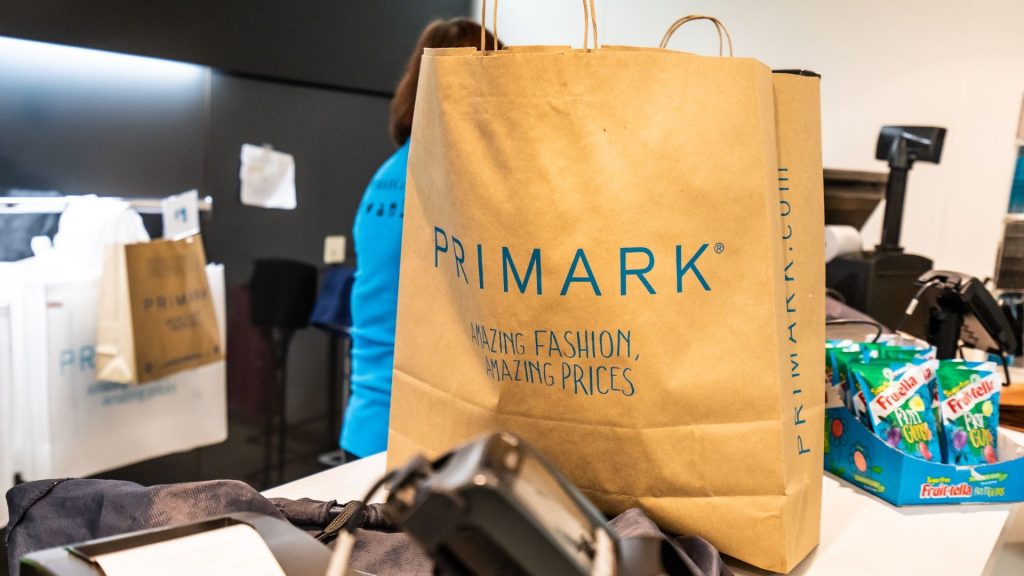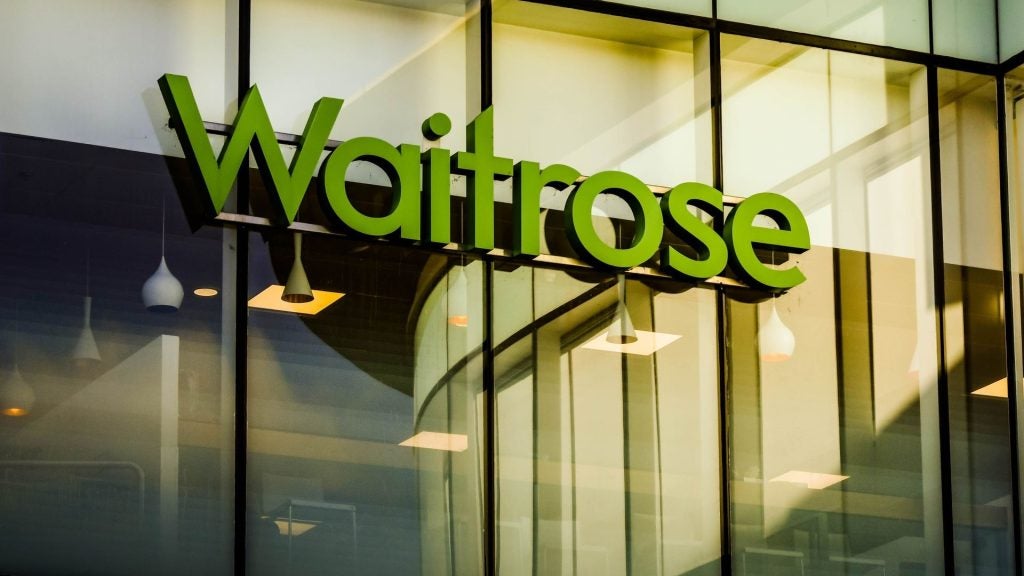
2017 was a busy year for food & grocery – we have seen mass consolidation, the continuation of supermarket diversification into new areas, and a change in consumer eating and spending habits. Although it is unlikely we will see the same level of industry-wide change in 2018, we expect further change in the food retail market as the industry adapts to 2017’s developments and inflation continues through the year. We have made three predictions for the food & grocery sector for this year.
A price war in convenience
With the consolidation of the wholesale convenience market, there will be an intensification of competition in the convenience market throughout 2018. Tesco-Booker, in particular, will be able to bring prices down within convenience with its scale efficiencies and improved buying power. Just as we saw from 2012-2016 with the discounter-led price war, as soon as one party moves to bring prices down, everyone moves. This will lead to margin erosion for convenience operators, and many independents will be pushed out of the market.
The consolidation of symbol groups, such as the Co-op-Nisa tie-up, will precipitate a homogenisation of convenience stores, as many move towards a ‘mini-supermarket’ model. This is also driven by the shift in consumer shopping habits – younger shoppers are increasingly using convenience stores for their weekly shops, with 25.3% of 25-34 years olds using them for their main shop. Thus, convenience stores are moving to capture this spend by changing their range and operating model.
Sweating assets
Space expansion has been slowing since 2012, with the majority of space addition coming from the discounters. Input inflation will continue to pressure retailers through 2018, and as a result, the grocers will be searching for ways to diversify their stores and increase sales densities as much as possible.
The big four will continue to seek opportunities to drive footfall and increase spend, but as many avenues have already been explored (Tesco’s less-than-successful ventures into food service with Harris & Hoole and Giraffe, for example), it is likely that developing company-owned space into non-grocery ventures and the sharing of leased space with other retailers will become the norm in supermarkets’ business models.
However, 2018 is likely to see changes in the terms of leases as landlords have become more aware of supermarkets sharing space with other retailers and services, and thus generating a return which may not be acknowledged as turnover in lease agreements.
How well do you really know your competitors?
Access the most comprehensive Company Profiles on the market, powered by GlobalData. Save hours of research. Gain competitive edge.

Thank you!
Your download email will arrive shortly
Not ready to buy yet? Download a free sample
We are confident about the unique quality of our Company Profiles. However, we want you to make the most beneficial decision for your business, so we offer a free sample that you can download by submitting the below form
By GlobalDataSacrifices to meet targets
The pre-crisis oligopoly of the big four, which allowed 4% margins to be maintained, has now been fully dismantled, and as a result margins have dropped significantly, causing concern for many food retail investors. With input inflation post-Brexit adding to these concerns, supermarkets have responded by implementing challenging cost savings and margin targets, all while saying they will not be passing on the full effects of input inflation on to the consumer. While many input cost increases are being offset through staff cuts, supply chain efficiency improvements and cost saving measures, the targets still look exceptionally challenging.
Until now, many of the measures have improved the operation of the grocers, such as Morrisons moving to an automated ordering system rather than staying paper-based. However, as the 2020 target date approaches, and many of the ‘easy wins’ have already been found, it is likely grocers will have to start sacrificing to meet targets. Whether that’s through the products that the grocers sell by reducing quality or shrinking products to keep costs down, slowing refurbishment cycles or cutting staff numbers further, 2018 will be a telling year for seeing how grocers manage investors’ expectations of their businesses while trying to maintain footfall, enticing store environments and product offerings.
One thing is for sure: 2018 won’t be an easy year for the grocers. Although the government has pledged to bring CPI down to the benchmark 2% by the end of 2018, that still leaves 12 months to offset inflation, drive sales and meet company targets. All of this will occur in a highly competitive market where opportunities to diversify are dwindling. Those supermarkets that do not prioritise the short term at the expense of long-term operation will come out on top.








Related Company Profiles
Morrisons
Tesco Plc